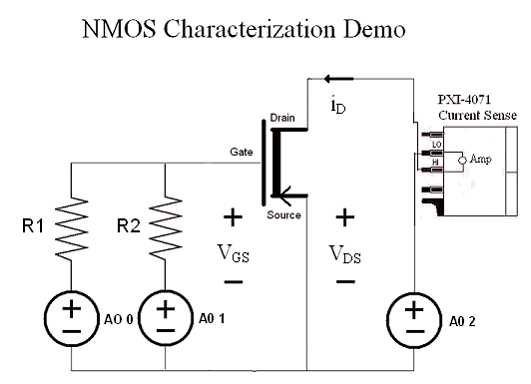CMOS vs NMOS
Summary: Difference Between CMOS and NMOS is that chips use complementary metal-oxide semiconductor technology because it provides high speeds and consumes little power. While NMOS is a type of semiconductor that charges negatively in a way by which transistor can turn on or off because of the negative electrons in it.

CMOS
Some RAM chips, flash memory chips, and other types of memory chips use complementary metal-oxide semiconductor (CMOS pronounced SEE-moss) technology because it provides high speeds and consumes little power. CMOS technology uses battery power to retain information even when the power to the computer is off. Battery-backed CMOS memory chips, for example, can keep the calendar, date, and time current even when the computer is off. The flash memory chips that store a computer’s startup information often use CMOS technology.
NMOS
NMOS stands for Negative-Channel Metal-Oxide Semiconductor and pronounced as EN-MOSS. NMOS is a type of semiconductor that charges negatively in a way by which transistor can turn on or off because of the negative electrons in it. As compared to PMOS known as Positive-Channel Metal-Oxide semiconductor NMOS is very fast as compared to PMOS. But is expensive too and PMOS works by moving electron vacancies.
Also Read:
Difference Between CMOS and CCD
Difference Between CMOS and MOS
Difference Between CMOS and MOSFET







Leave a Comment
You must be logged in to post a comment.